| gavros | 04-01-2012 | comment profile send pm notify |
|
This job needs one think, PATIENCE.The mold start rises 5 hours after the first stroke and the move is 3cm. Now the key is the weather,with low temp 5C-10C we need 60-70 hours for the 9m height, now with 15C-20C we need 44-50 hours. 2 operetors 2 hosemen 12 hours each one at the pump non stop pumping. The concrete is C30-37 [german code] 450 kilos of cement\m3 without chemical. |
||
| gavros | 04-01-2012 | reply profile send pm notify |
|
|
||
| gavros | 04-01-2012 | reply profile send pm notify |
|
|
||
| gavros | 04-01-2012 | reply profile send pm notify |
|
|
||
| gavros | 04-01-2012 | reply profile send pm notify |
|
|
||
| gavros | 04-01-2012 | reply profile send pm notify |
|
|
||
| gavros | 04-01-2012 | reply profile send pm notify |
|
|
||
| gavros | 04-01-2012 | reply profile send pm notify |
|
|
||
| gavros | 04-01-2012 | reply profile send pm notify |
|
|
||
| gavros | 04-01-2012 | reply profile send pm notify |
|
The cleaning with hard way. |
||
| gavros | 04-01-2012 | reply profile send pm notify |
|
|
||
| gavros | 04-01-2012 | reply profile send pm notify |
|
|
||
| gavros | 04-01-2012 | reply profile send pm notify |
|
The 52sx rz. |
||
| SUPERDOFFER | 04-01-2012 | reply profile send pm notify |
|
Pumping slow is an art I always say. the cement was a 52,5 cemII I suposse. for slow pumping I preferre the putz above the schwing. If you have the knowledge to fool the computer on the putz it is abel to pump as slow as 5 m3 an hour. |
||
| gavros | 04-01-2012 | reply profile send pm notify |
|
Yes you right but the mold must be clean that means 1-2 strokes and stop to pass the hose from the moldsteels and again 1-2 strokes and stop. The best part is now this block is 12 separate sections, one to another section the boom must go 5-6m up and down to pass the concrete steel! |
||
| gavros | 04-01-2012 | reply profile send pm notify |
|
And SCHWING is perfect. |
||
| Dont need one | 04-01-2012 | reply profile send pm notify |
|
This is what I believe we call a slip form in the US. Raised by hydralic cylinders. They get really boring. But it looks like a big job. Good luck. |
||
| gavros | 04-02-2012 | reply profile send pm notify |
|
Thanks I need a lot of luck here the summer 40-47C |
||
| Dipstick | 04-02-2012 | reply profile send pm notify |
|
Looks very much like one I did this summer.. Forget slow pumping. I was booming your ass of like a rally driver and as soon as the hose was in place gave 2 hard strokes and while I did that I was already booming to the next slot.. Quite a mad job and indeed Booring. It all depends on the progress ofcourse but if you realy get the slide going you will not have much time to relax.. We washed out the hopper at every end of the shift.. Just pump empty, open the bottom lock and wash.. Don't open the last bend. Saves a lot of rubbish.. We still had to chip out the hopper even after every 12 hours.. We got heated concrete that felt like drying Extra challenge was that we where booming under some very high voltage lines. Constantly a man from the power company was watching our every step to make sure we would not do anything stupid.. |
||
| ALMIMA | 04-02-2012 | reply profile send pm notify |
|
Our "Kaknästornet" - directly translating without an historic explation about the name: "Cakenosetower". The tower is buildt on a ground that the Swedish royal owned a farmeryard at 1600:ed, and that farmerplace was called "cakenose" - every farmerplace at that time has a name. But "nose" is not right translation, in this case is "nose" more like an half island - it has nothing about a nose on a human or an animal to do. It has only to do about how the landscape looks like then - a half-island. But the tower was buildt at the exactly the same way as your pouring - but your pouring is about 49 years later
Buildt: 1963 - I´ve talked to and know the person who mixed the concrete - he has mixed many loads that i´ve bin pumping before he was retired - i realy miss his storys about the old time. Building is 155 m high (508,5 ft) and the pumper who pumped it is still working as a mechanic to repair concretepumps at the same ready mix company. I know him well, and i realy respect him, He knows everything about concretepumping - but who wasn´t after 150 - or in his case: 600 year in the bussines? He is undeadly! |
||
| ALMIMA | 04-02-2012 | reply profile send pm notify |
|
I can tell you: As a pumpcompanyowner it is this type of pumpwork i want!! Many pumphours and slow pumping....I realy be glad when i hear it! No dieselconsumption and no worn of the pump - slidering or googleplate. The tube or hoseworn...counts to nothing - a pumpcompanyowners dream!! I wish i could have some of that dreamjobs sometimes. I realy wish... Even if you guys see it as a boringjob - your employee must at least bring you food from a local highclass resturant - NOT MC-Donalds! I mean highclassrestaurant!! You are realy worth it - i know what you are worth, i run a pumpcompany! I hope you didn´t got a MC-Donalds-shit? For that work you did? You are goldenguys for that work - believe, i realy know what i´m talking about! |
||
| ALMIMA | 04-02-2012 | reply profile send pm notify |
|
In Sweden we called it, directly translated: slide moule. Or the right name: glidform, wich is the directly translation from Swedish to US. But most of the word in the concreteworld we use in Sweden, is directly translated from the word you use in the US. Just the word: peagravelconcrete...Everybody in Sweden knows what it is, and what size it is. Even the groundworkerguys use the directly translated Swedish name: "PEA" to the the 16 mm stone they use to get the ground before pouring. |
||
| gavros | 04-03-2012 | reply profile send pm notify |
|
Dipstick you right the boom is on rabbit and the pumping runs somewhere 6-7 with no gas and ALMIMA the goldengays here wear ties they dont run pumps |
||
| mrpumpy | 04-03-2012 | reply profile send pm notify |
|
i have worked with the same firm in antwerp and brussels same kind of job. one tower in antwerp and a round silo in brussels. |
||
| pumpjockey | 04-03-2012 | reply profile send pm notify |
|
We call that mwethod 'slipform' construction. Most commonly used to build Grain Elevators (or Silos) or the tower for Air Traffic Control. Sometimes for Water reservoirs or 'towers'. |
||










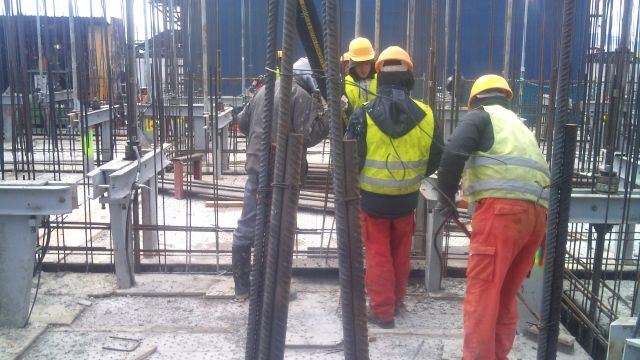
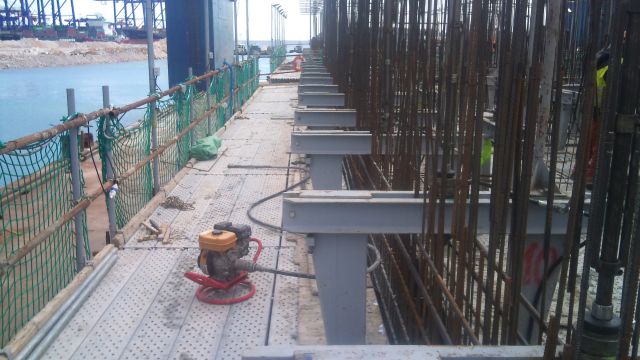
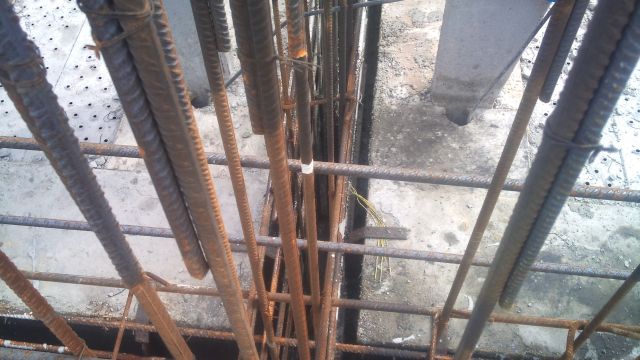
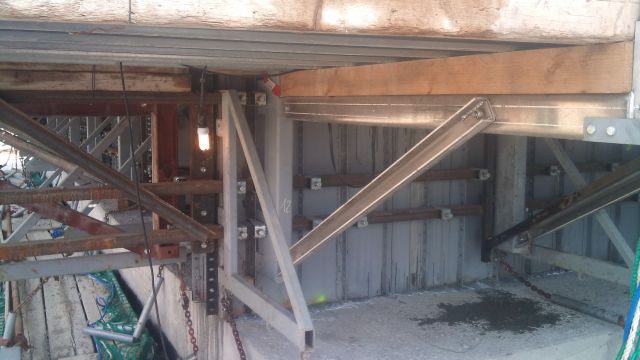
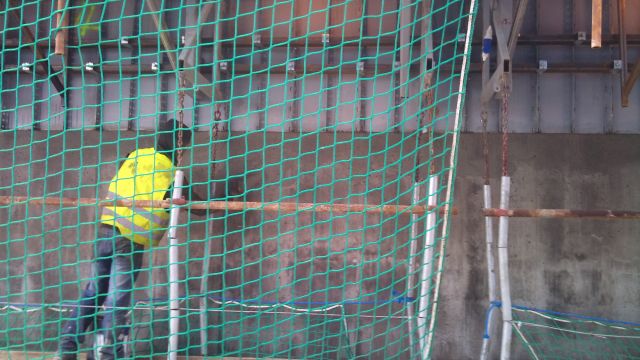
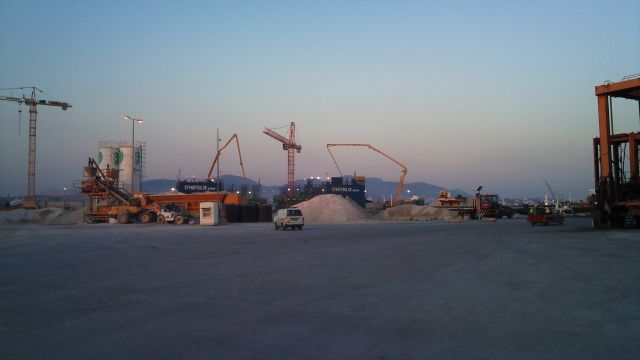
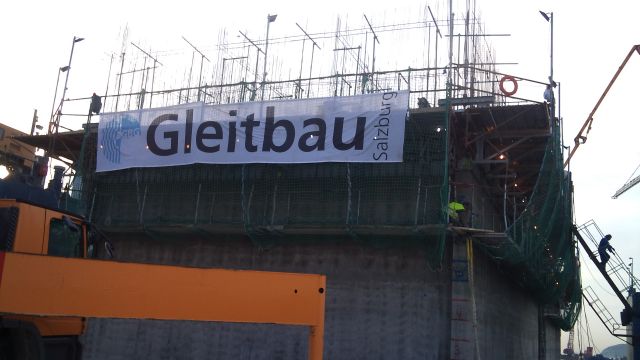
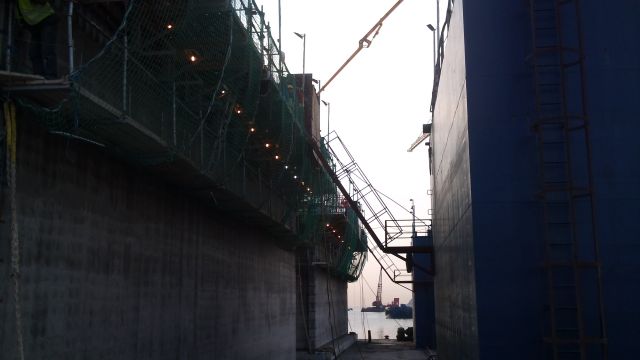
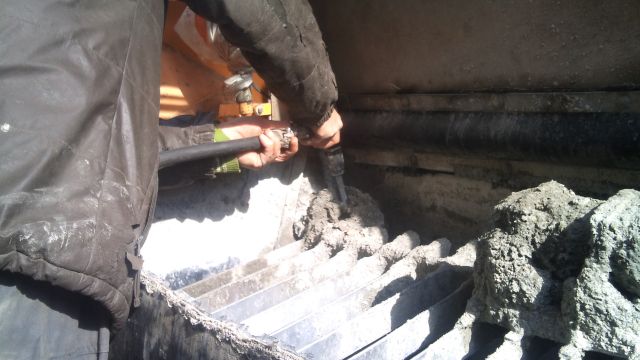
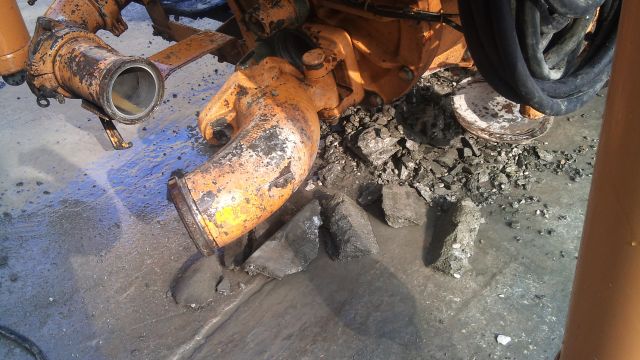
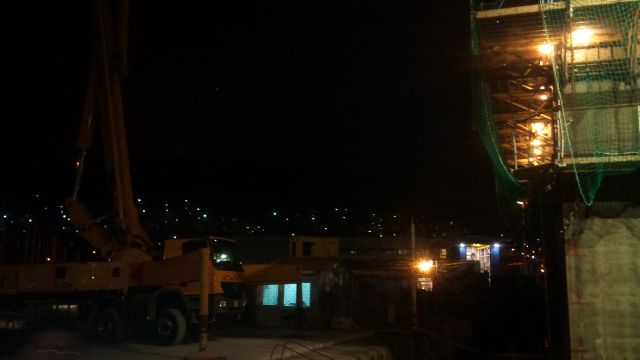
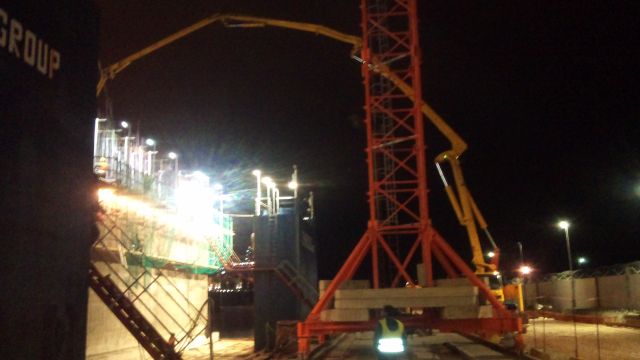
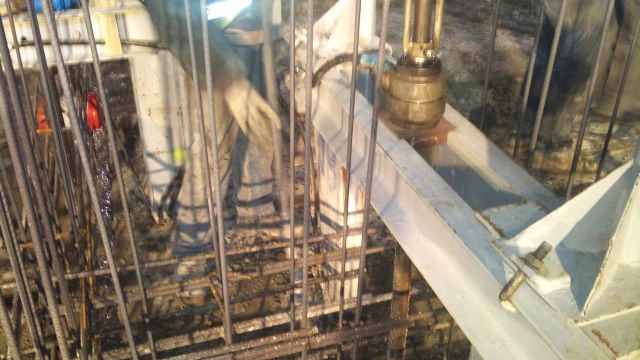













.jpg)
.gif)

.jpg)







.jpg)








